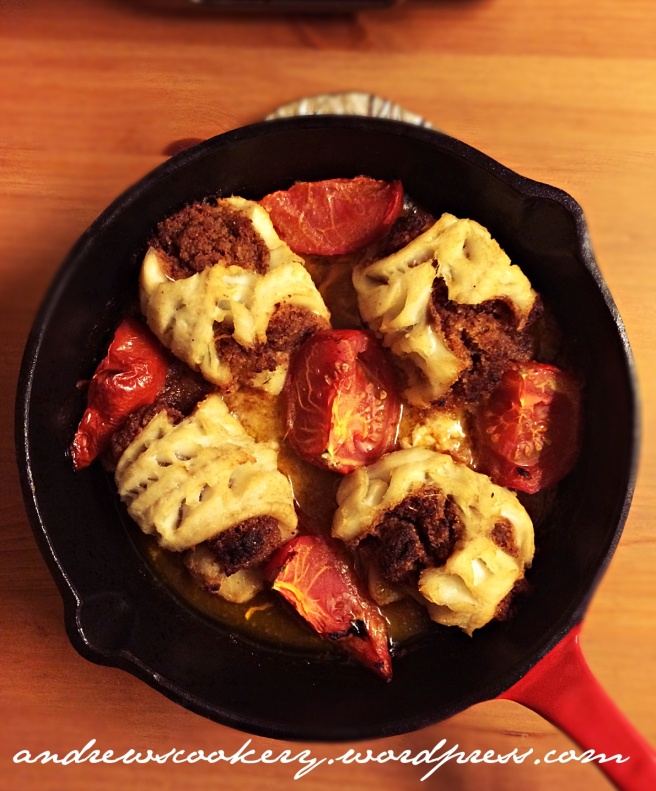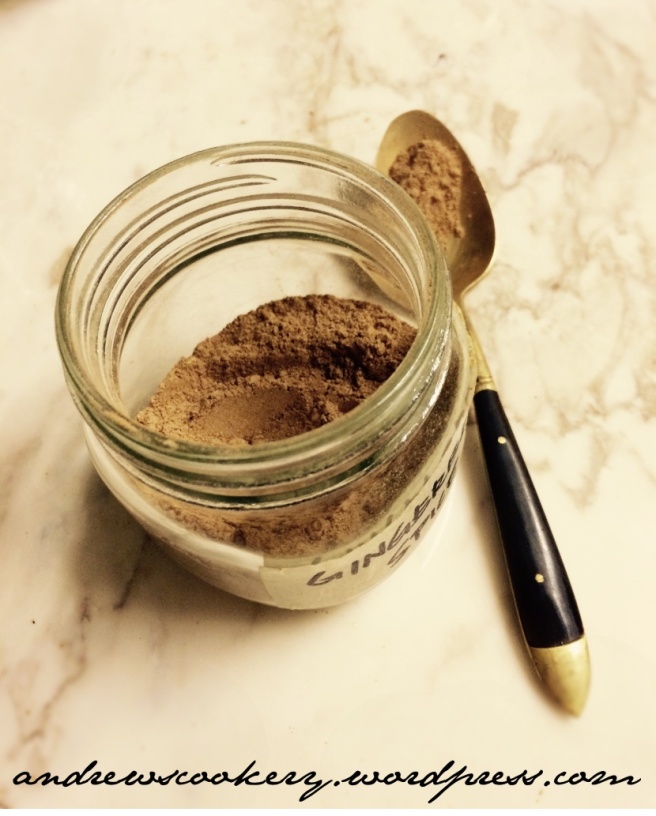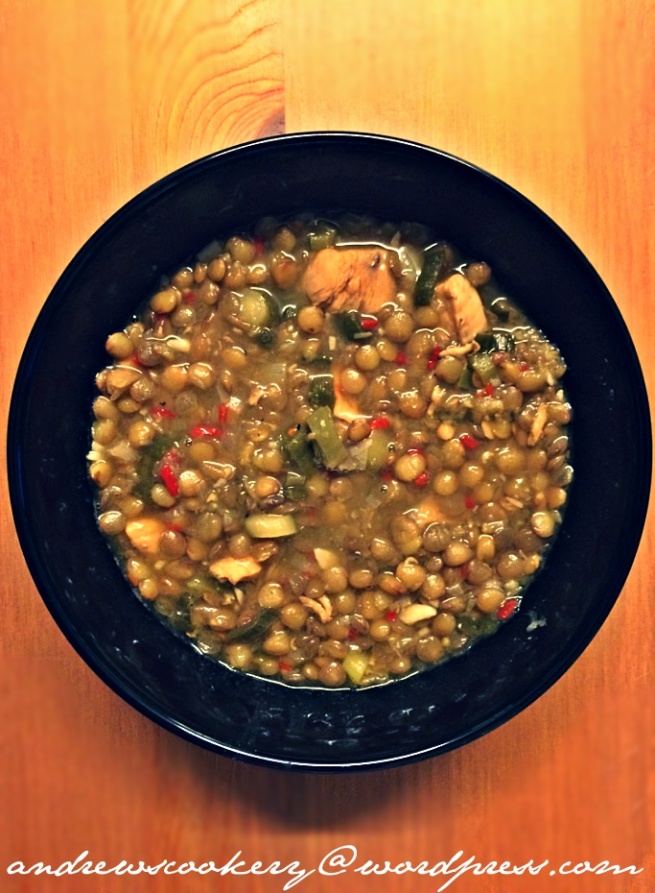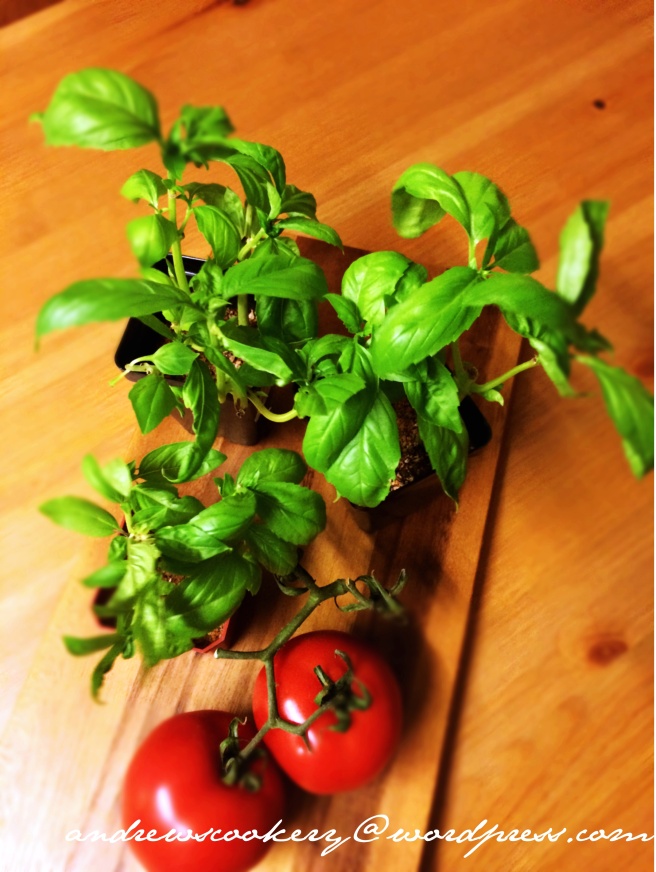 Writing this post to honour Doris Andrew, one of Andrew’s family member pass away two weeks ago. I will be missing your laughter, your accompany, your food. All these are going to lived in my memory forever. I remembered you enjoyed the pizza with the fresh basil on the topping, you said the leaf is the fragrance on top of the pizza…. I will be missing you, I love you!
Writing this post to honour Doris Andrew, one of Andrew’s family member pass away two weeks ago. I will be missing your laughter, your accompany, your food. All these are going to lived in my memory forever. I remembered you enjoyed the pizza with the fresh basil on the topping, you said the leaf is the fragrance on top of the pizza…. I will be missing you, I love you!
Growing your own herbs is so fun to do at home, if you have some left over herb that you brought from market. I picked those mature leaves for cooking and I remain some of it, so I can plant them in a pot for my potted herbs garden.
I love the fragrance of sweet basil leaves, the smell of the Italian cooking. This delicate herbs has a very unique story behind back to Ancient Greeks. You may have noticed I had been away for long time and I didn’t update my blog. I been reading a lot of home grown produce for the past few months. I found one of the article written by Anne Del Conte regarding basil. There is a wonderful story of it, and recipe are superb too.
A native of India, basil was known to the ancient Greeks and the Romans and flourished wherever it could find warmth, sun and sea breezes. In Boccaccio’s Decameron, basil is the symbol of love when the noble Lisabetta, whose brothers have murdered her plebeian lover, buries the lover’s head in a pot of basil, a story that is taken up some 400 years later by Keats in his poem ‘Isabella, or the Pot of Basil’. During the Renaissance basil is mentioned by Platina, who suggested using it in moderation. It was popular all over Italy, often kept in pots on window sills as it appears in some Renaissance paintings.
For hundreds of years, basil had been used around the Italian coast in salads, with fish and in tomato sauces. In the 18th century, Corrado is the first cookery writer to mention the use of basil to dress stewed meat and to flavour vegetable soups. Artusi adds basil to his tomato sauce which, he writes, is ‘good with boiled beef and it is excellent to make very pleasant a dish of pasta dressed with butter and cheese, or a risotto’.
Basil gained a wider fame when Pesto crossed the borders of Liguria to become one of the favourite pasta sauces of the world. But that didn’t happen until well after World War II. Apart from pesto and in tomato sauces, basil also gives an extra dimension to a Minestrone or a vegetable soup and it makes a delicious salad with tomatoes and mozzarella, insalata caprese.
There are many varieties of basil, including: the Genovese, with a very strong yet sweet flavour; the Napoletano, with rather crinkly leaves and a minty aroma; the Fine Verde Compatto, with very small leaves and more delicate scent; and the Mammoth, with very big leaves, the best for drying. However, basil does not dry well and its flavour changes considerably. The best way to preserve basil is to layer the leaves with olive oil in a sterilised jar, or to freeze the leaves.
Basil sauce Pesto
This famous sauce has its origins in Liguria, when the basil is sweeter yet more aromatic than anywhere else, thanks to the perfect balance between humidity and hot sun. It is indeed odd that the only speciality from Liguria that genuinely needs a local ingredient should be the one that has travelled all over the world.
There are two fundamental types of pesto: the pesto of the western Riviera and the pesto of the eastern Riviera. The former, which includes the classic pesto genovese, is stronger and simpler, the latter is more delicate, containing less garlic, some pine nuts, grated Pecorino and or Parmesan and other ingredients which make it less fierce. But, after that, there are as many recipes as cooks, and no Ligurian cook would actually know how much of this or that goes into it: it’s all a question of judgement and personal taste. The basil is pounded in a mortar with some garlic, salt and, if added, pine nuts or walnuts, the basil local extra virgin olive oil being added drop by drop. This at least, is the old-fashioned method; nowadays it is often made in the blender or food processor. Connoisseurs say this is to the detriment of its flavour, since the basil is being chopped by a metal blade. which might also warm the mixture, rather than pounded by wooden pestle. There is a more delicate version of pesto, in which some butter or cream is added, and the garlic reduced.
Pesto is traditionally used to dress Trenette, Trofie and picagge; to a Genoese it would be inconceivable that it should be used with any other shape of pasta. The pasta is often cooked with sliced potatoes and green beans and all three ingredients are dressed with pesto and eaten together. Pesto is used also to dress potato gnocchi or to give a local touch – one spoonful is enough – to a Minestrone all genovese.
Make for 4 pasta or gnocchi
20g/ 2 1/2 tbsp pine nuts
50g fresh basil leaves
1 garlic clove, peeled
a pinch of coarse sea salt
4 tbsp freshly grated parmesan cheese
2 tbsp freshly grated mature pecorino cheese
125ml extra virgin olive oil, preferably Ligurian
Preheat the oven to 180C/ 350F.
Spread the pine nuts on a baking sheet and place in the oven for 3-4 minutes, to release the aroma of the nuts
Put the basil, garlic, pine nuts and salt in a mortar. Grind with the pestle, crushing all the ingredients against the side of the mortar until the mixture has become a paste. You can use a food processor or blender.
Mix in the grated cheeses and pour over the oil very gradually, beating with a wooden spoon.
Doris, this recipe is dedicated for you.
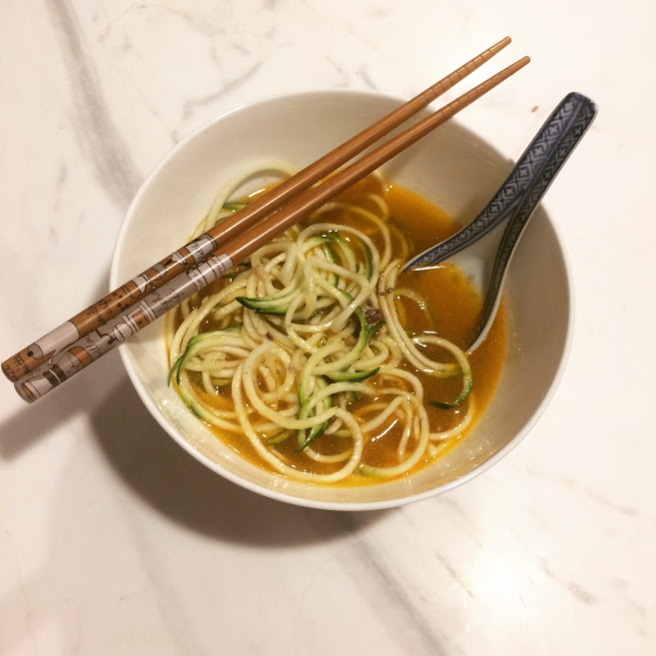

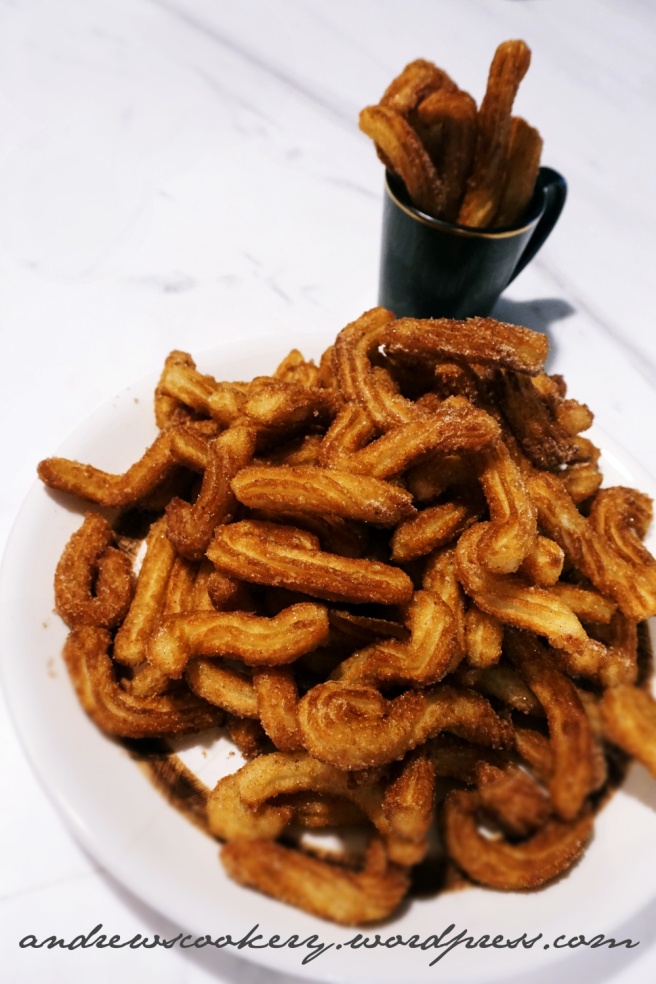

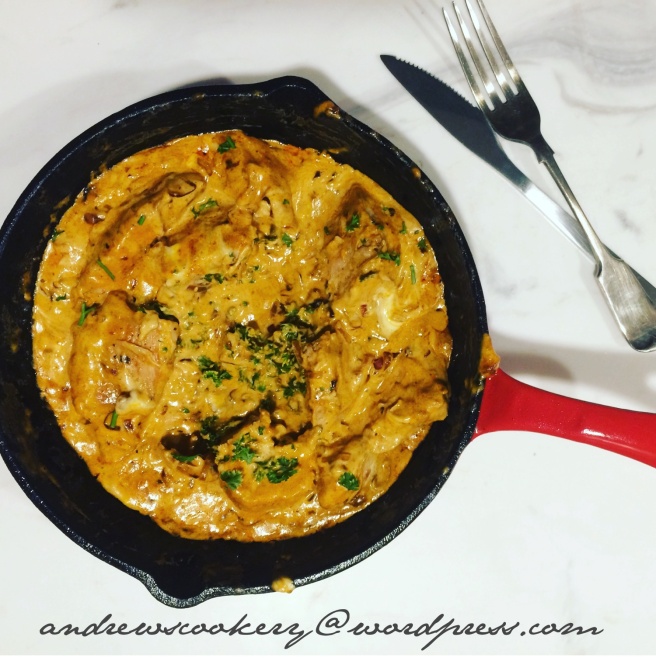
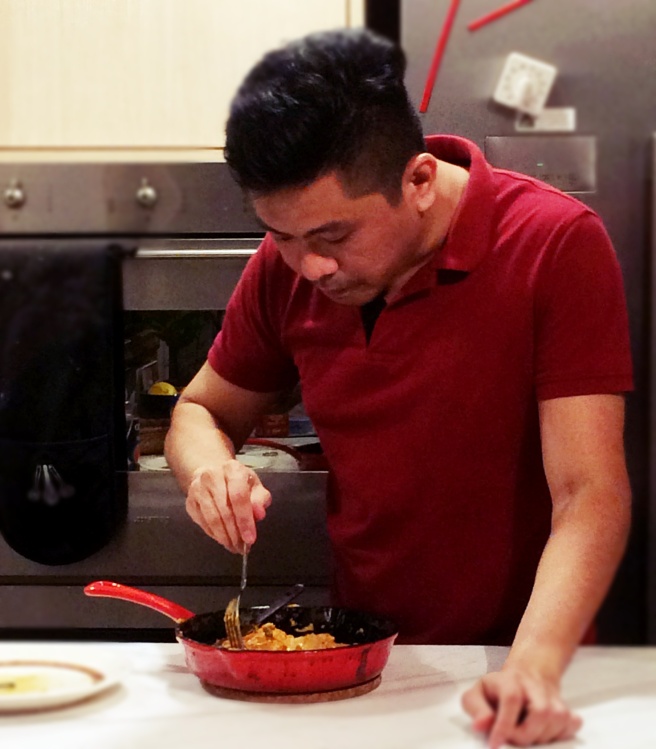
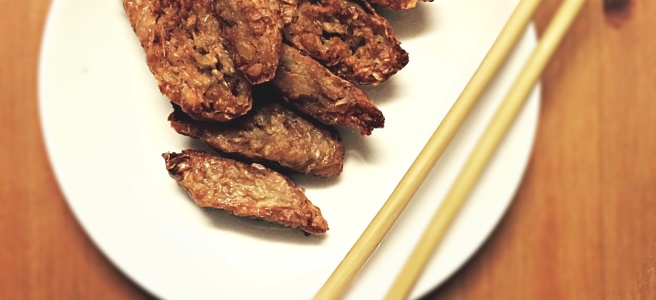
 Taro wrap are one of my family recipe has been pass from generation to another, now I am inherited from my Mother, we spend Chinese New Year together, as usual she will made this for that reason of celebrate Chinese New Year. She did insisted on her method of doing this dish.
Taro wrap are one of my family recipe has been pass from generation to another, now I am inherited from my Mother, we spend Chinese New Year together, as usual she will made this for that reason of celebrate Chinese New Year. She did insisted on her method of doing this dish.
